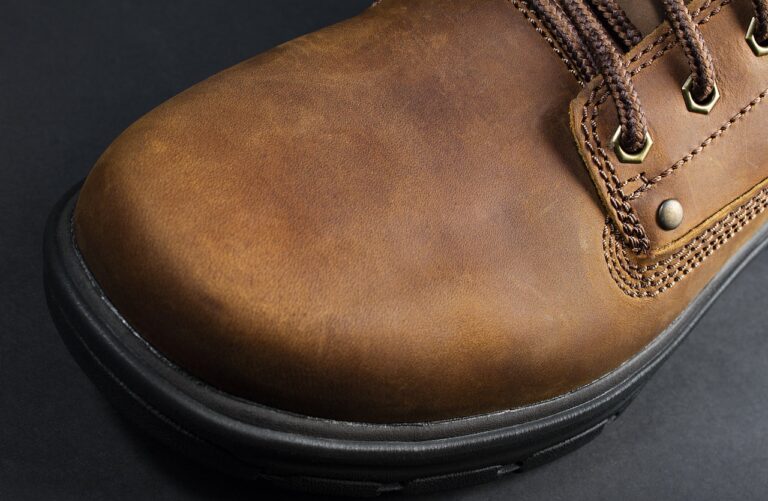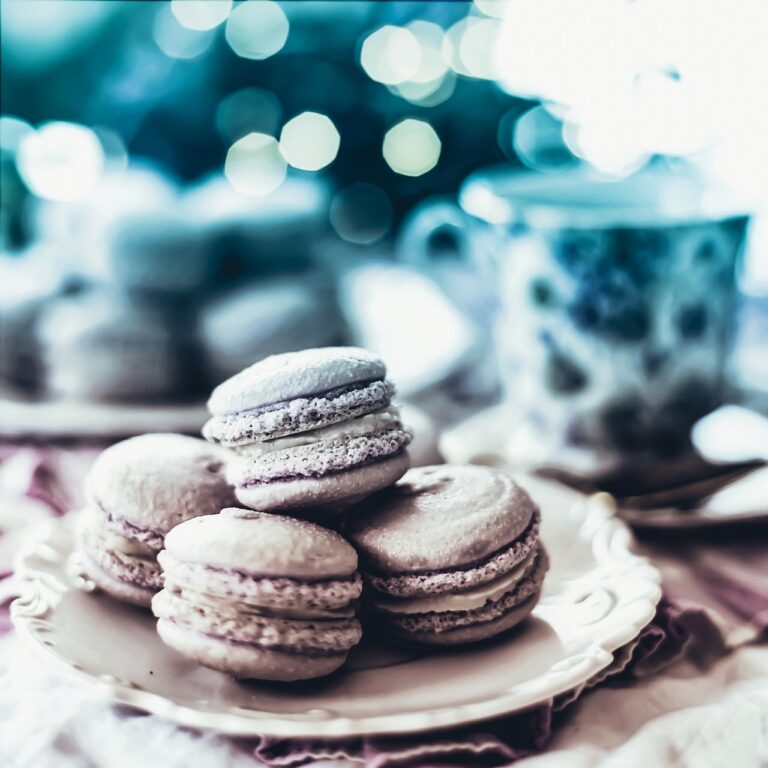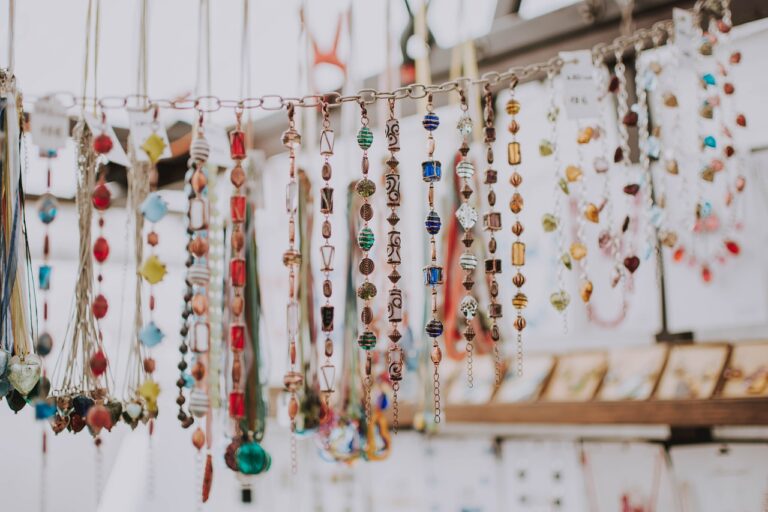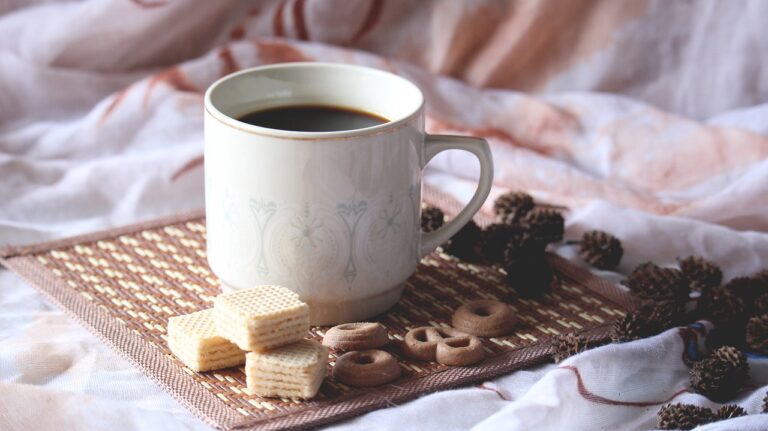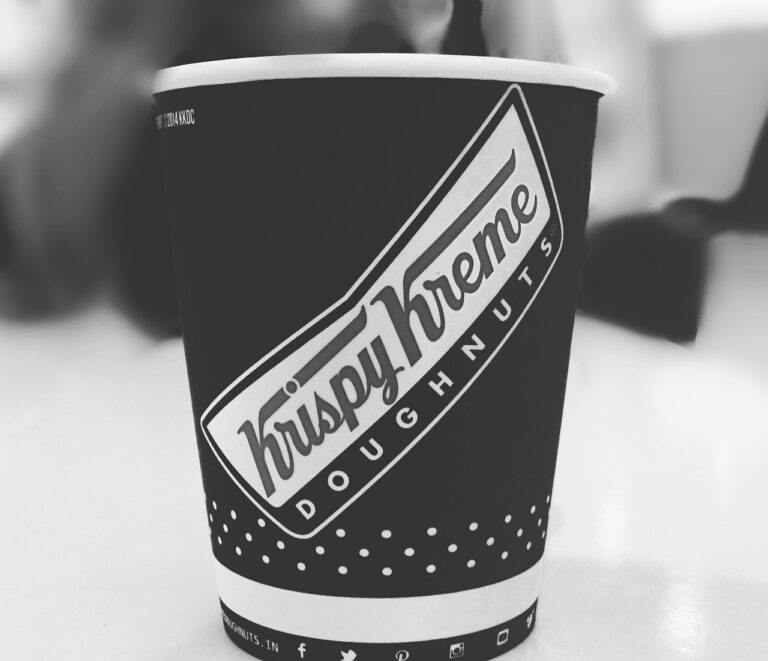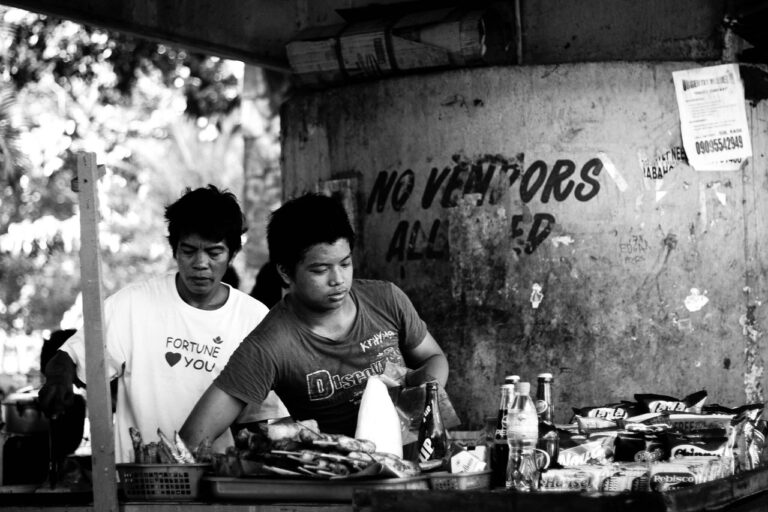The Evolution of Fashion Trends Over the Decades
In the 1920s, women’s fashion underwent a remarkable transformation, reflecting the societal shifts of the time. The silhouette shifted from the restrictive corseted shapes of the previous decades to a more loose and liberated style. Dresses became shorter, with hemlines rising above the knee, allowing for greater freedom of movement and a more youthful look. This iconic flapper style emphasized a straight and boyish figure, with dropped waistlines and embellishments like beading and fringe adding a touch of glamour.
Accessories played a crucial role in completing the 1920s look. Cloche hats became immensely popular, worn low on the forehead to frame the face. Long strands of pearls, often layered, were a signature accessory, adding a touch of sophistication to any outfit. Shoes featured lower heels and more practical designs, reflecting the increasing independence and active lifestyle of women during this period. The overall aesthetic of 1920s fashion was one of modernity and rebellion against traditional norms, setting the stage for further sartorial innovations in the decades to come.
• The silhouette shifted from corseted shapes to a more loose and liberated style
• Dresses became shorter, with hemlines rising above the knee
• Flapper style emphasized a straight and boyish figure with dropped waistlines
• Accessories like cloche hats and long strands of pearls were popular
• Shoes featured lower heels and practical designs for active lifestyles
Fashion Trends in the 1930s
The 1930s saw a shift in fashion towards more sophisticated and feminine silhouettes. Women embraced bias-cut dresses that clung to the body and emphasized curves, often paired with fur accents for added glamour. The popularity of puff sleeves and peplum details added a touch of elegance to everyday ensembles, while wide-leg trousers and beach pyjamas became fashionable alternatives for women seeking comfort and versatility in their wardrobe.
Accessories played a significant role in 1930s fashion, with long strands of pearls, decorative brooches, and embellished headpieces becoming staple pieces in completing a look. The introduction of the beret as a fashionable hat option added a chic Parisian touch to outfits. Additionally, gloves were a must-have accessory, with elbow-length styles crafted in delicate fabrics like lace or silk being a common choice to elevate any outfit.
Fashion Trends in the 1940s
The 1940s brought a shift in fashion due to the impact of World War II. Women’s clothing became more utilitarian as they joined the workforce in support of the war effort. Suits with pencil skirts and tailored jackets became popular, reflecting a sense of practicality and efficiency in dressing.
In contrast, men’s fashion in the 1940s took inspiration from military uniforms. Suits with broad shoulders, wide lapels, and high-waisted trousers exuded a sense of strength and authority. Double-breasted suits and trench coats were also prominent, showcasing a blend of functionality and style in men’s attire during this era.
What were some popular fashion trends in the 1920s?
In the 1920s, popular fashion trends included flapper dresses, cloche hats, and dropped waistlines.
What were some popular fashion trends in the 1930s?
In the 1930s, popular fashion trends included bias-cut dresses, puffed sleeves, and tailored suits.
What were some popular fashion trends in the 1940s?
In the 1940s, popular fashion trends included utility clothing due to rationing during World War II, as well as padded shoulders,


